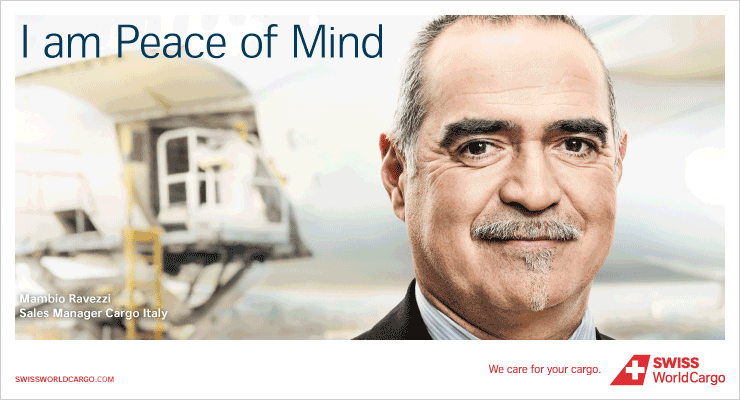
India’s
air cargo sector would have lost Vandana Singh if the rules from way
back in the Nineties permitted young ladies to join the fighter squadrons
of the Indian Air Force. Singh’s father, Brigadier S. L. Kapur
was aware of the ambition of his daughter: to become a fighter pilot.
In fact, he tried his utmost to fulfill her dreams, but the rules could
not be bent or broken. So, Vandana settled for a career that would take
her close to flying fighter jets.
Today, after more than 18 years in the
air cargo sector, Singh as regional commercial director, Asia Pacific
Region, ECS Group, wakes up every morning ready to fly. And for those
who think cargo is boring and monotonous, she has just three words:
Explorative, challenging, fun. So what makes this lady go?
She was with Lufthansa Cargo earlier —in
fact, for 15-odd years—and found it “a disciplined run and
a journey, where, at every turn, I learnt something new. Now with European
Cargo Services, which happens to be the largest Cargo GSA in the world
with 140 airlines, it is an opportunity to actively network and build
on Relationship Management, which is close to my heart,” she said.
Affable, friendly, and charming, Vandana
Singh has a healthy respect for the cargo industry. She told FlyingTypers,
“This industry has always managed to bring out the best in me
and I have had the good fortune of working with incredibly smart people
who have continued to motivate and support me through it all.”
When she joined the industry, there were
just a handful of women. But she did not mind working in a male-dominated
industry. She said, quoting Donovan Bailey, “Follow your passion,
be prepared to work hard and sacrifice and, above all, don’t let
anyone limit your dreams.” Simply put, aviation and cargo have
always been her passion, and “once a person decides to reach out
for her passion, it is never really difficult to find the way in.”
As for cargo being essentially a male
dominated industry . . . well, these days the changing status of women
in society is a subject of increasing importance and attention. “Reality
has shown that women these days are able to achieve superior financial
growth in various industries,” said Singh. As a woman, “maybe
somewhere along the road I did face troubles but as I said . . . when
you work for what you love, you overcome all obstacles and besides,
my male colleagues have been very understanding and support my growth
in this industry.”
Her working
life, she pointed out, has revolved around the “transfer of knowledge
and working together. My colleagues and those who are reporting to me—since
the day I joined European Cargo Services—and on my path in this
industry, have been very supportive and receptive.” She said she
had the good fortune of receiving “an exceedingly good response
from everyone.”
Today, she specializes in global key accounts
management and relationship management. In her previous role, Singh
became a pioneer of sorts when she brought about “line optimization
and balance in export-import ratio on [our] flights with Consignee Sales
Management and International Sales.” That, she said, was something
that will live with her forever.
An avid traveler, every aircraft is “my
second home.” And whenever anyone asks her if she can drive a
car, she replies: “No . . . But, I can fly!” It’s
the cargo in the bellyhold, however, that remains her everlasting passion.
“This passion has allowed me to travel to 90 percent of the world.
For me, learning never stops, the challenges never stop. In fact, they
keep on growing. Sometimes I feel as if I am working in a stock exchange.
It is so unpredictable and just enough to keep the excitement and adrenalin
pumping.”
As we rise to leave, Vandana mentions
one of her idols, Susan Wojcicki, the CEO of YouTube.
“At the end of the day,” she
quotes Wojcicki, “both men and women who have become CEOs have
showed tenacity and hard work to succeed in their careers. It takes
not only skill but extreme dedication and commitment, and regardless
of gender, CEOs are measured by the same criteria—the growth and
success of business.”
Tirthankar Ghosh










